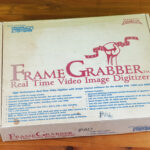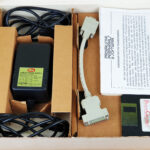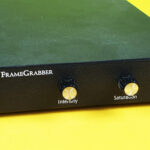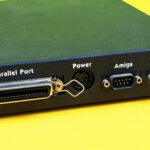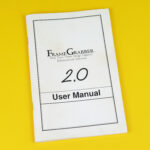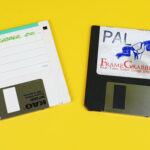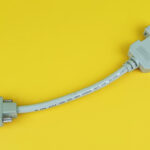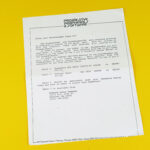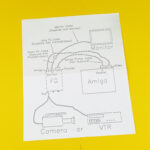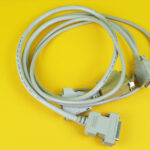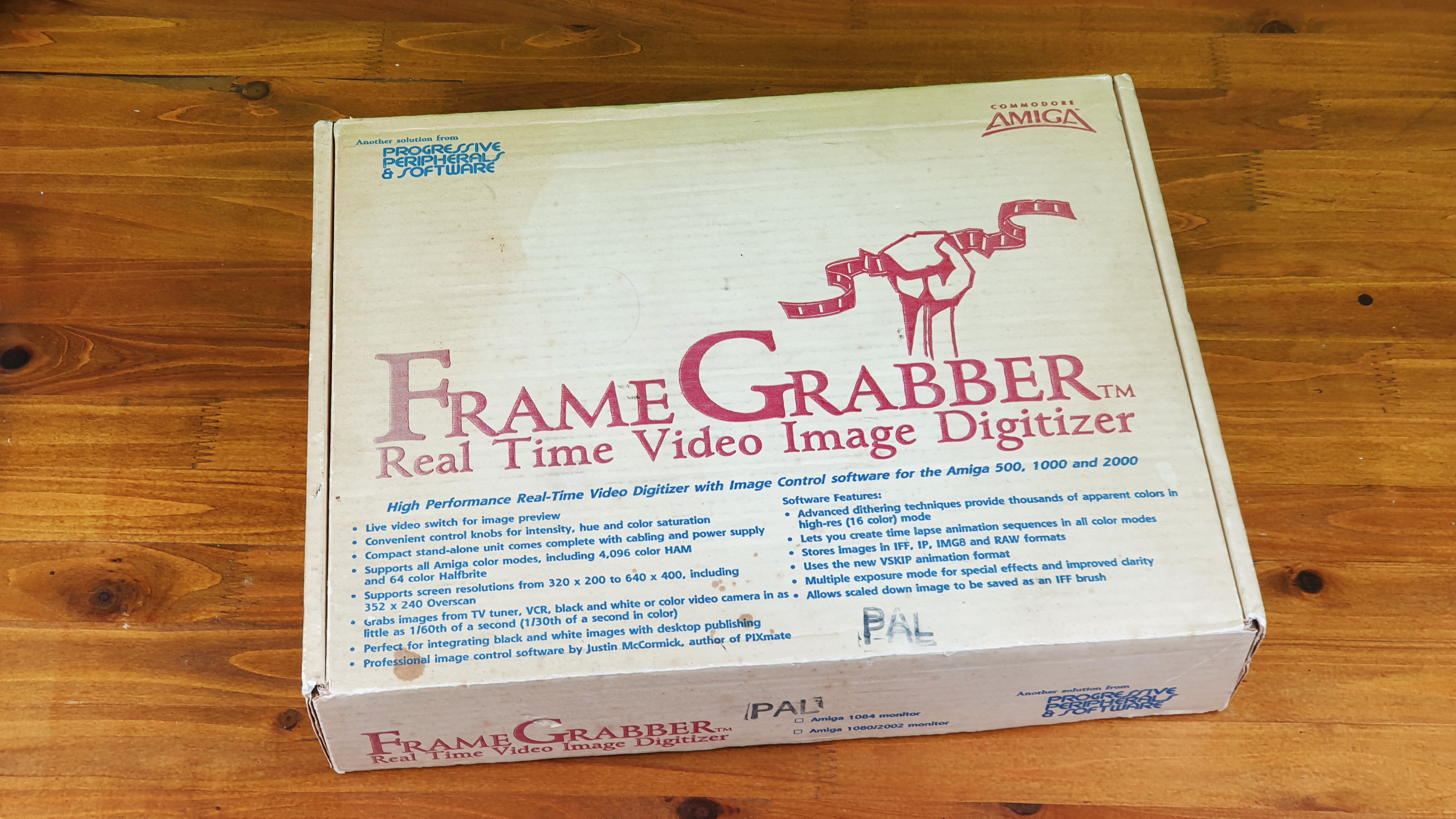
|
Company
|
Date
1988 |
Amiga
any Amiga |
Interface
parallel port |
framegrabber
- realtime digitizing in 1/60th of a second – but transferring the image to the Amiga takes several seconds
- separate PAL and NTSC versions
- supported NTSC resolutions are 320×200, 384×240 (overscan), 320×400, 640×200, 640×400
- can digitize in colour (except in 640×400) in 2, 4, 8, 16, 32, 64 (EHB) or 4096 (HAM) colours, in 16 grays or in definable pseudo colours
- uses its own built-in RAM to digitize
- external control knobs for intensity (brightness), hue (colour bias) and saturation
- composite input (RCA connector)
- connects to the parallel port (Centronics) and between the monitor and the RGB port (2× DB9)
- external power supply
FrameGrabber 2.0 software
- pre-digitizing options:
- Over Sampling – digitize an image any specified number of times up to 50 and combine them into a composite (gives far better results than a single capture)
- Multiple Exposure – gives two samples
- Mirror Image
- Weighted – modifies the automatic contrasting performed
- Auto Zone – improves image quality in the center at the expense of the border areas
- these options can be combined in a variety of ways
- post-digitizing options include: edge detection, sharpening, averaging, photographic negative
- slow-scan mode – digitize a still object through the supplied colour wheel with a black and white camera
- supported file formats:
- IFF, IFF24, RAW
- DV21 (DigiView Gold’s 21 bit format)
- Brush (for areas smaller than the screen)
- Palette (for saving only colour information)
- LUT (contains information for the pseudo colour option)
- ANIM
